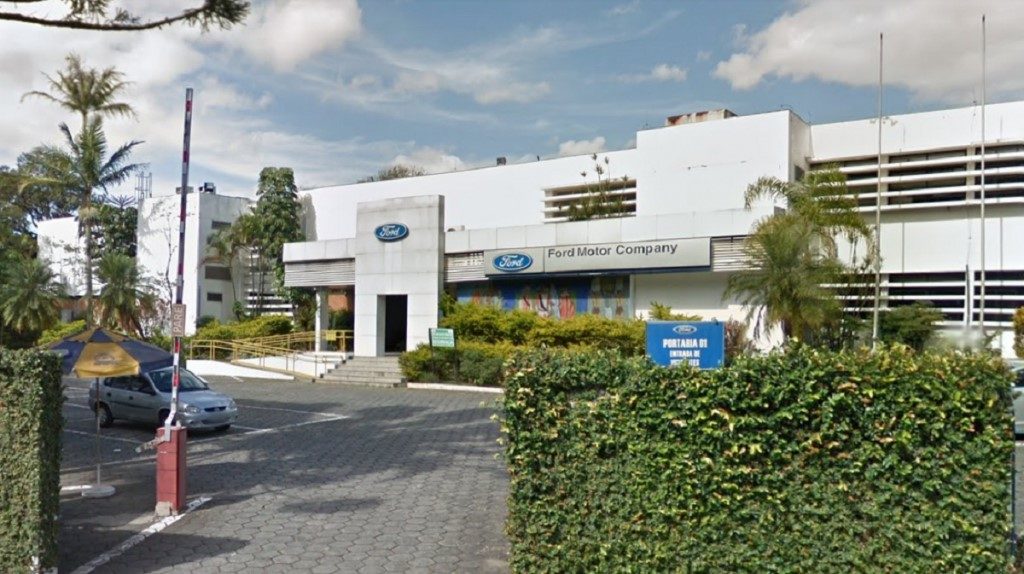Achieving Peak Efficiency in Diesel Technology

Many leading construction companies now are looking at ways they can reduce their CO2 footprints. With the advent of market-ready electrified powertrains, gas-fueled internal combustion and even fuel cell electric drives, where does the push for CO2 reductions leave diesel power?
Diesel technology has made real improvements. With cleaner combustion cycles, the introduction of low-carbon fuels and advanced emissions treatment hardware, diesel has never been cleaner. Diesel engines are so clean that the latest on-highway diesel engines that proposed Euro 7 standards have truck manufacturers focusing on reducing brake dust and tire particulates rather than engine emissions.
Source: International Construction: Read The Article
PSR Analysis: Paul Muller, Technical Sales Manager at Perkins, and Steve Nendick, Marketing Communications Director for Global and European Off-Highway at Cummins recently gave their thoughts on engine efficiency improvements with the overall message being these two companies are still pushing for improvements in diesel efficiency as a route to lower carbon emissions. PSR
Guy Youngs is Forecast & Adoption Lead at Power Systems Research




